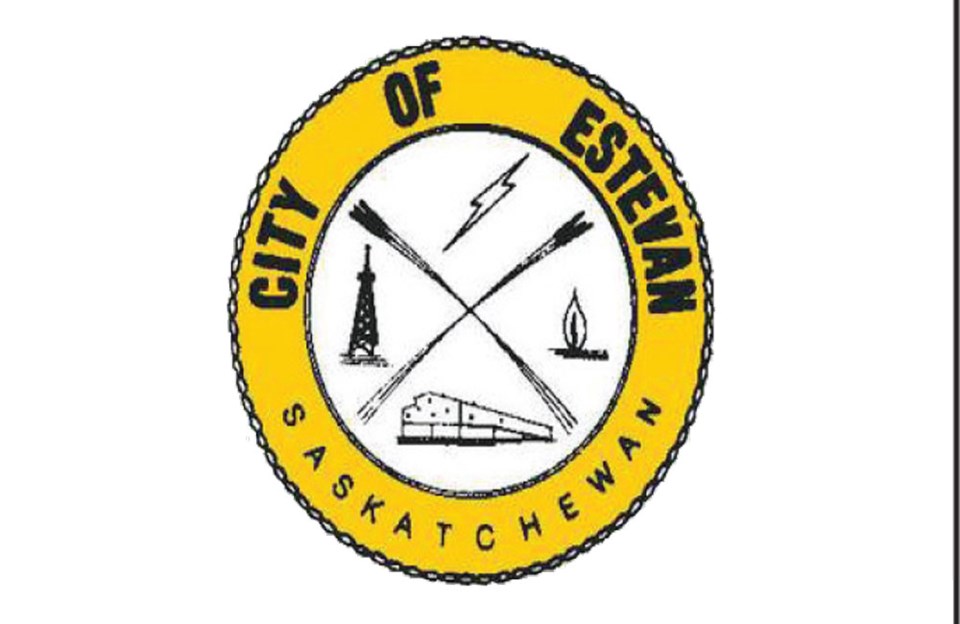The City of Estevan’s 2015 budget is a plan for the coming fiscal year, but the document also marks the start of a five-year strategy. Nowhere is that five-year plan more ambitious than the water and sewer utility program.
In fact, with planned capital expenditures of $1.84 million for the water and sewer departments in 2015, this year will mark the most lax construction year Estevan taxpayers can expect until 2020.
While City expenditures haven’t been completely adopted into 2016 and beyond, the capital plan for this division of municipal services is preparing for more than $27 million in capital spending from 2016 to 2019, and council did approve the utility budget to 2019.
The water and sewer utility capital plan identifies what infrastructure must to upgraded or newly established in each of the coming years.
Expenses this year include $600,000 to equip the newly constructed biosolids building, along with $240,000 in roof repairs to the water treatment plant and another $1 million in other water treatment plant upgrades.
Over the next four years, the City is expecting to commit another $2 million, $3 million, $5 million and $1 million in further plant upgrades from 2016 to 2019, respectively. That accounts for less than half of the total planned capital expenses for water concerns in that time frame.
As Coun. Kevin Smith said during budget deliberations at a special council meeting on Jan. 26, the dollars being committed to this capital program are big.
Kevin Sutter, water treatment plant manager, outlined how much of the infrastructure at the plant is aging beyond its best before date. City Manager Amber Smale’s report to council noted that some of the equipment has been in operations since the 1950s, 1960s and 1970s.
Sutter told council during their special meeting last week that outdated equipment is something that is being managed at the moment but that management is not the solution for the future.
He noted the system at the treatment plant was installed in 1995, meaning mechanically it’s not particularly old, but in terms of computing power, it’s ancient.
“It was designed at a very low budget,” said Sutter, noting a data acquisition system was never installed along with the operating system. “It doesn’t give us any flexibility in control of the operation in the plant, which was OK back then, because we weren’t at capacity. Right now, we’re at capacity.”
Sutter told council, it’s like the treatment plant is a car running at full speed, and “the things that are broken down on it will show up a lot faster than if you’re idling along.”
He said the problems have always been evident, but they are growing more extreme because the City’s water systems are being taxed to their limit.
Smale’s report noted, “Until recently, the City has relied on excess capacity in infrastructure developed in the 1970s to accommodate a growing population and has deferred maintenance and renewal in order to continue to deliver services while keeping utility rates low. The utility now has a substantial backlog of work needed to repair or replace aging infrastructure.
“At present, there continues to be enough funds to cover projects on an annual basis related to the utility and no significant reserve for future projects. This practice adds significant financial pressure on the City,” the report noted.
Smale said the water utility is one of the few revenue sources the City can generate and added that it’s needed to provide a contribution to the general operating budget.
As reported last week, council approved the recommended 10 per cent increase to the water consumption, bulk water supply and septage receiving rates to help the growing costs of the utility.
SaskPower uses effluent from the City’s wastewater treatment plant for cooling, accounting for 28 per cent of the utility’s revenue, and Sutter noted to maintain a quality product for the power plants, upgrading variable speed blowers, data acquisition systems and other instrumentation is necessary.
Sutter noted SaskPower completed a study and found the payback of upgrades was about nine years.



